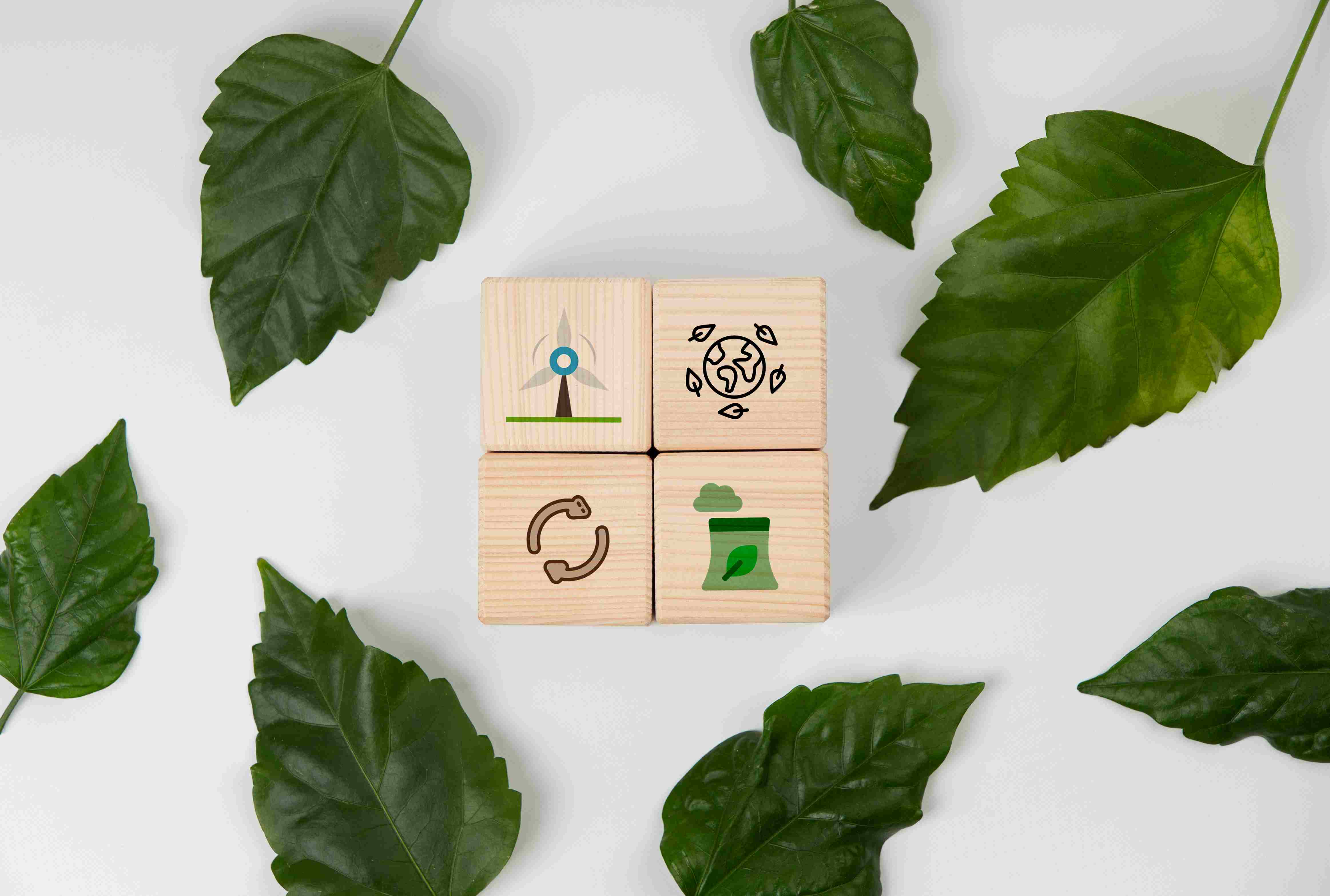
Proximity products as a market opportunity
Marketing y Comunicación | Artículo-
Visitas2509
- Julio 2020
- Fecha de publicación
- Julio 2020
- Marketing y Comunicación
- Artículo

Profesor de Marketing en ESIC y en Esumer (Colombia). Licenciado en Economía; Máster en Dirección de Marketing y Diplomado en Pedagogía y Didáctica de la Educación Superior. Director de Sinaia Marketing. Premio al Mejor Blog de Marketing en español 2014.
There is a global trend towards consumption of so-called kilometre zero products
Closer than we think, we have food products of a great quality, which remain, most of the times, in the shadow because they cannot compete with the huge distribution. Let's say that they are the contrast to the products that arrive from a far off place of collection or production to the supermarket and from there to our house.
Also called kilometre zero products, proximity products are those produced near the place where they are consumed. This concept reduces the distance between producers and consumers by avoiding intermediaries and associated costs.
Proximity products are sold in the immediate environment
That is to say, at a short distance from the area in which they have been produced. In recent times they have become a trend of global consumption, since another of its advantages is that they reduce the environmental impact, especially in the logistics aspect.
Movements like slow food promote a more sustainable and ecological consumption that favour biodiversity, fair trade and a more ethical commitment to producers.
For a product to be considered as zero mile, it has to be produced and consumed within a radius of no more than 100 km. Therefore, we talk about very local products, which enhances the seasonal options if we only refer to food products.
In this respect, they are catalogued as organic products, that is, their production and transport process complies with regulations that guarantee that they are natural foods with no added chemicals or toxins.
An interesting approach that is nothing more than a return to the past
They are intended to be a return to the origin as a form of sustainable and rational production, which ensures the continuity of resources for our generation and the next.
If before the pandemic caused by covid-19 disease they were already a global trend, with the arrival of confinement the consumption figures of this market option have grown even more.
A Survey “Purchase of products and covid-19” conducted by the Union of consumers of the Community of Valencia to 628 people to know the changes produced in the shopping cart during the pandemic, reflected that 92,5% of those interviewed had consumed seasonal products and 76,8% had bought local products.
This data can be extrapolated to the whole country and surely also to other countries worldwide, since, given the restrictions that have been suffered, the closest, safest and most reliable option has been to use local products.
Therefore, we are facing a great opportunity to give solidity to this global trend and bet on a remarkable and sustainable growth of this method of consumption.
This consumption option is aligned with the so-called circular economy
This concept emerged in the 1980s to refer to an economic system of production and consumption that tied the economy and the environment together.
The circular economy aims to reduce the materials needed to manufacture products, and the amount of waste generated to ensure sustainability by promoting their reuse. For this reason, recycling and waste treatment are essential, along with the use of renewable energy sources.
How to identify a proximity product
In order to identify a zero-kilometre product, we must look at its labelling, since they usually have distinctive features that help them stand out from the rest. It is possible that in recent times you are seeing some signs with a graphic symbol that identifies them as "km 0".
Although these proximity products do not yet have a specific official seal, some autonomous communities are beginning to regulate them. It will be very interesting to standardize this seal in order to carry out a more homogeneous and secure identification of the products.
Finally, I would like to emphasize that although most of the time we will talk about local food products, there are also kilometre zero products related to areas such as handicrafts, for example.
También te puede interesar

Agenda 2030: qué es y para qué sirve
En el mundo profesional y empresarial actual, entender la Agenda 2030 se ha convertido en una necesidad estratégica. Este plan de acción global fue oficialmente adoptado el 25 de septiembre de 2015 ...
- Publicado por _ESIC Business & Marketing School

¿Qué es el software de código abierto?
El software de código abierto ha revolucionado el mundo tecnológico y cuenta con una comunidad que actualmente incluye a más de 83 millones de desarrolladores en GitHub y más de 20 millones de r...
- Publicado por _ESIC Business & Marketing School

¿Qué es la resiliencia climática?
El planeta se enfrenta a una realidad innegable: la temperatura media ha subido 1,1 °C desde la era preindustrial. Este aumento desencadena fenómenos meteorológicos extremos que ponen en peligro nu...
- Publicado por _ESIC Business & Marketing School
